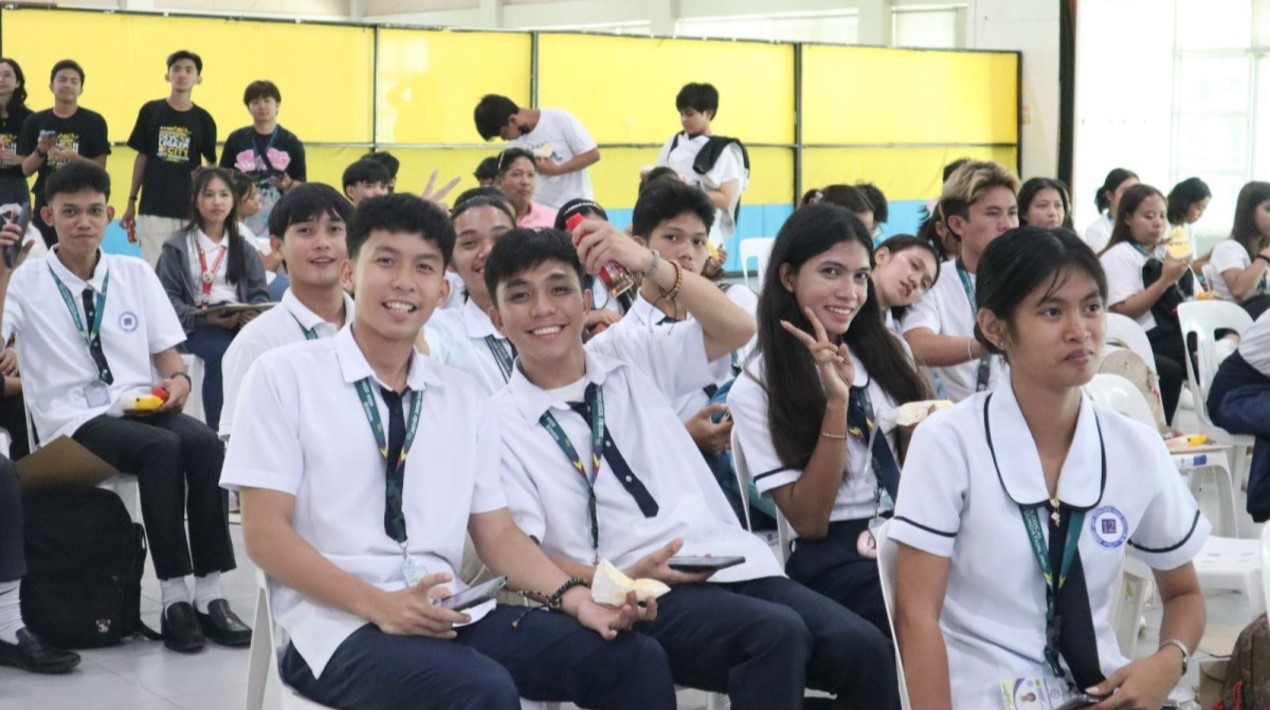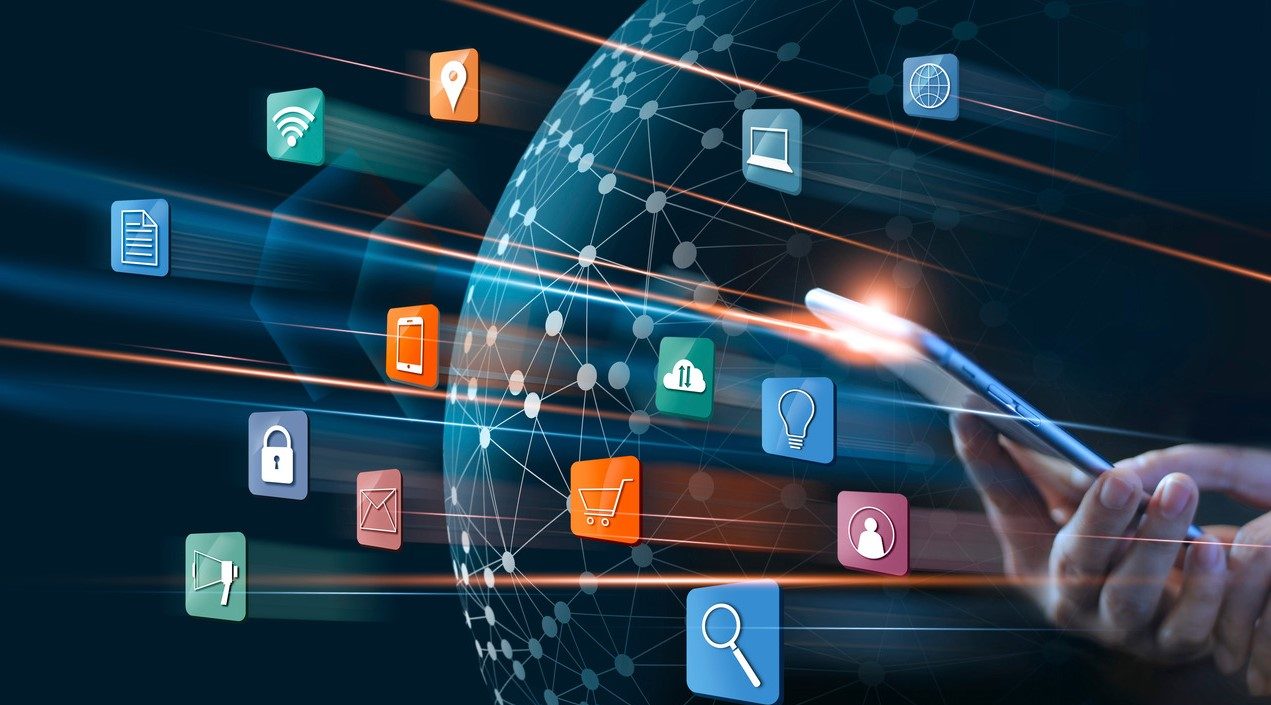
Jan van Houtte is the Vice President for Barco’s Learning Experience business unit. He works towards helping enterprises, business schools, and universities with the digitalisation and transformation of their training and education programmes. Jan believes in the power of technology to help faculty and trainers to increase engagement in their courses and training and to enable new and transformational use cases. Before leading the Learning Experience business unit, Jan held multiple product management positions in Barco and Philips.
 As lifelong learning becomes more and more important for working adults who want to succeed in today´s ever-changing, competitive world, business schools must adapt their way of teaching to fulfil learners’ needs. Jan listed below some key considerations to reflect on, on the journey to designing optimal lifelong learning environments for adult learners.
As lifelong learning becomes more and more important for working adults who want to succeed in today´s ever-changing, competitive world, business schools must adapt their way of teaching to fulfil learners’ needs. Jan listed below some key considerations to reflect on, on the journey to designing optimal lifelong learning environments for adult learners.
“Lifelong learning, as stated in one of our previous articles, complements traditional formal education. It refers to the self-development of an individual and the accumulation of new knowledge and skills on a continuous basis. It can be an initiative for personal development, such as exploring a new hobby or for professional development – a key component of accelerating or changing one´s career trajectory.”
“When talking about lifelong learning in a formal context, we talk about adult learning which differs from the classic child-teacher interaction in learning. Andragogy, or adult learning theory, is the term we use to refer to the methods and principles used in adult education and is based on the premise that adults learn differently than children. Hence, adult learners have their own specific needs, which should be considered when developing programmes,” said Jan.
Jan also advocates using technology as a tool powering pedagogy, driven by learning objectives and desired outcomes. It is about being open, innovative and thinking of new, better ways of learning. The modern times we are living and working in require methods to adapt and be more flexible, more varied, easily accessible and interactive.
Learn by doing
Rather than listening to lectures and memorising theoretical content, adult learners require a different kind of learning environment. They need to be involved in direct experiences through active participation and engagement. According to the adult learning theory, adults learn best by doing. They benefit most from experiential learning strategies, like case studies and simulations. These offer them the opportunity to step away from abstract concepts and gain the problem-solving knowledge and skills to deal with real-life cases.
Time and resources
Adults often have neither the time nor the need to engage in extended formal learning experiences. They have jobs, families and a long list of responsibilities and obligations. For them, education is preferably an activity that they can easily fit into their hectic schedules. That’s why flexible, virtual, hybrid or blended learning are modes that work best for this category of learners. Additionally, a user-friendly uncomplicated learning environment is preferable.
No tabula rasa
For adults, it is important to be recognised for who they are: individual human beings with a lifetime of experiences and a vast array of acquired skills and talents to draw on. No tabula rasa. It means that instruction should consider this wide range of backgrounds and multiple learning styles. Effective learning for adults recognises and capitalises on the knowledge they bring to the table. How? Via interactivity, active participation and autonomy. Therefore, teaching methods must be adapted.
The future of lifelong learning is increasingly flexible and digital
Added to the complexities of adult learning is the digital acceleration because of the COVID-19 pandemic, which had a subsequent impact on the delivery and format of learning. Participants have now seen that learning can take place just as well outside the traditional classroom, standard hours or usual content formats.
In a 2020 journal article Bodo Schlegelmilch (Marketing Professor at WU Vienna and Chair at AMBA & BGA) states that ´we are witnessing a digital paradigm shift, which has vastly increased knowledge about the requirements of potential students, enabled the development of highly customised content, and widened the options for delivering learning material to students´.
He continues, adding that individuals ´want to learn wherever (e.g., on board a plane), however (e.g., by playing a business game), and whenever (e.g., at 2 a.m.) it best fits their individual needs. They also want to learn to be a stimulating and enjoyable experience. Commuting to a business school located somewhere in a city, struggling to find a parking space, and listening to a traditional lecture hardly fit this picture, said Bodo Schlegelmilch.
Considering the specific needs of adult learners and the impact of the Covid-19 pandemic on education, business schools must adapt their offering and facilitate lifelong learning in a flexible and digital learning environment.
How can business schools facilitate lifelong learning?
Business schools can successfully facilitate lifelong learning by designing flexible and varied learning paths alongside the traditional MBA and master’s programmes, paths that adults enrolling into programmes beyond their student years can realistically attend.
“At Barco, we consider the best option to be blended learning programmes. Blended learning means combining live-virtual sessions, in-class sessions and self-paced learning tools – multimedia or analog. There are two important aspects coming into view: flexibility and variety. For lifelong learners, the live sessions, whether virtual or onsite, should have a flexible schedule, from lunch-break sessions to evenings or weekends. Overall, learning should be varied in terms of activities and content: live discussions, quizzes and polls, live group work, short videos, slides or e-books – the possibilities are endless,” adds Jan.
Offering varied delivery and content methods in a structured manner can improve attention and retention for the participants. But such paths not only have a positive impact on the learner but also on the schools.
The advantages of integrating virtual solutions in lifelong learning programmes
There are many advantages to initiatives that drive flexible and diverse lifelong learning programmes in business schools, giving way to a wealth of possibilities.
- Diverse pool of students
Thanks to education technology solutions, business schools are able to expand farther than ever, teaching to a global pool of students and giving access to new segments of learners. It will no longer matter where a student is geographically, but academically. It will help bring together into one virtual classroom the best talents worldwide.
- Competitiveness
As learning keeps transcending more borders, the location of business schools will matter less. Their brand and reputation will have to precede it to stay ahead of the competition. Offering flexible and varied programmes directed at adult learners will present them as innovative institutions and increase their chances of a thriving future.
- Data
The ability to collect data from education technology tools will help teachers understand how well a course is being assimilated by participants. Gathering data opens the door to a more personalised learning journey and engagement analytics can improve students’ performance, the teachers’ efficiency, and the overall learning experience.
- Sustainability & social responsibility
Enabling virtual methods for lifelong adult learners supports sustainability and social responsibility – two important values in modern society. Virtual methods will lower the carbon footprint of the schools, decrease costs for schools and learners, and make learning more inclusive due to its improved availability.
Barco weConnect supports business schools in their lifelong learning strategy
Barco supports the initiative of business schools to offer successful lifelong learning programmes in an optimal learning environment. The Barco weConnect virtual classroom solution is suitable for both distance and hybrid teaching and learning, hence perfect for the flexible approach required by today´s adult learners. It offers a front-row experience to every participant, enabling fast and effective information acquirement. Participants can share content, break out into working groups, vote in polls and respond to quizzes. They will enjoy an engaging, interactive experience, across any device.
Jan states that one of the main advantages Barco is particularly proud of is that weConnect enables two-way engagement. The solution enables open-line discussions in a moderated, controlled and meaningful way. The healthcare market is extremely demanding, and the selection of weConnect shows the robustness of the Barco solution. In general, he notices an increased interest in Barco’s weConnect. These changing times are an accelerator for virtual classrooms.
“The data and analytics provided by Barco WeConnect will help adjust pedagogical methods, optimise future classes and overall enhance learning outcomes,” concludes Jan.
Join one of BARCO’s demo sessions or read more about how the Barco weConnect solution can enable successful learning experiences in your business school.

















